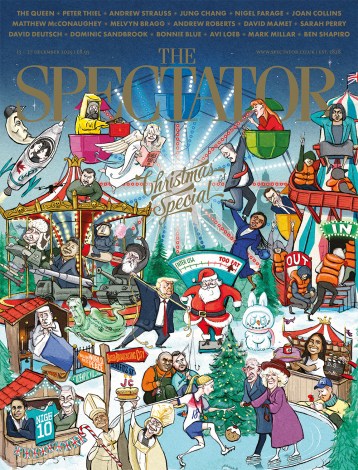On the beach | 31 March 2012
As exhibitions in London’s public galleries become increasingly mobbed and unpleasant, it is heartening to report that the drive to take art to the provinces continues apace. New museums seem to be opening all over the country, from Wakefield to Margate, and although one may entertain doubts about their sustainability, their enhancement of our current



















